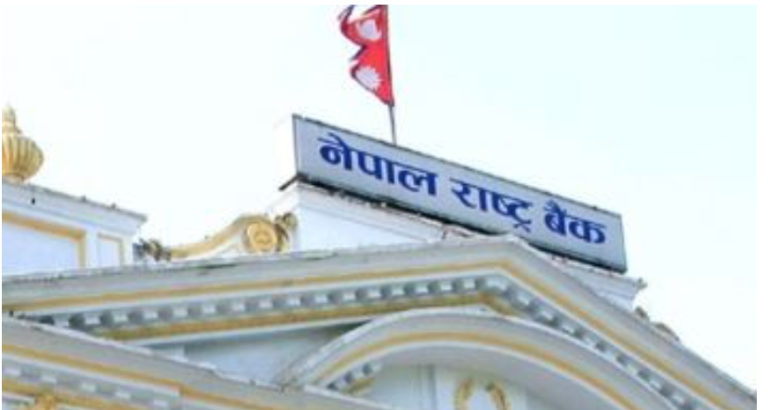
Tightening liquidity flow in the economy has persistently created nuance in the bank and financial institutions (BFIs) over the current fiscal year (FY).
According to the Nepal Rastra Bank (NRB), the stock of the excess liquidity fluctuated around Rs. 12 billion from mid-February to mid-March.
The NRB report showed that excess liquidity dipped from Rs. 125 billion in mid-July to Rs. 12 billion in mid-March.
Meanwhile, the macroeconomic indicators in both the external sector and domestic economy signaled enormous challenges ahead to maintain reasonable liquidity in the financial system.
The Current Macroeconomic and Financial Situation of the mid-February revealed that the balance of payment (BoP) remained at a deficit of Rs. 247.03 billion, imports increased by 42.8 per cent, remittance decreased by 4.9 per cent in the NPR terms.
According to deputy spokesperson of NRB, Narayan Prasad Pokhrel, the amount of excess liquidity is in a reasonable position to support the economy. He informed that NRB has already pumped out Rs. 3700 billion through various instruments like Standing Liquidity Facility (SLF), repo, refinancing facility, overnight repo, and the BFIs are also borrowing loans from foreign banks in the current FY.
He however viewed that the BFIs are under pressure as they are required to meet compliance of 90 per cent credit to deposit (CD) ratio by mid-July 2022. He said that majority of the BFIs have crossed the CD ratio of 90 per cent. So in order to bring the CD ratio to 90 per cent by mid-July 2022, they are declining the flow of loans. Also, the speed of government spending has remained slow in the current fiscal year which could be the source of funds for the banking system.
Source : TRN,





